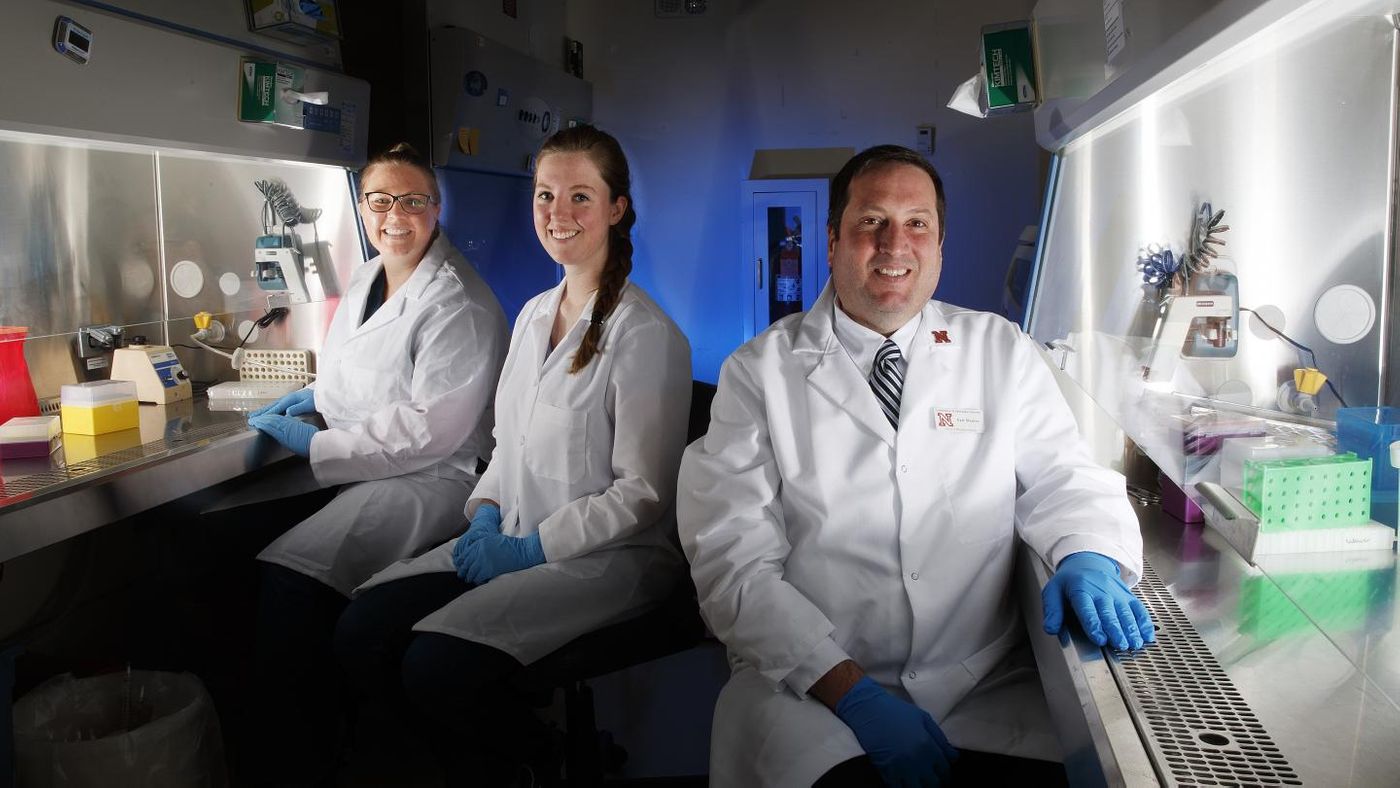A Totally New Approach to Flu Vaccines
Scientists have not been able to create a universal flu shot, but new work is a big step in that direction. By combining ancestral genes from the evolutionary past of four common strains of influenza, a new vaccine appears to confer broad protection against the flu, which can be a deadly disease. While it is too soon to test it in humans, results from trials in mice, published in Scientific Reports, were extremely encouraging.
High doses of this unconventional vaccine prevented mice from even getting sick after exposure to lethal doses of seven of nine influenza viruses, which are wildly different. Mice from the same test that only received nasal sprays or typical flu shots all got sick and died after exposure to the same viruses. Their immune response from these traditional methods was no match for the pathogens.
Eric Weaver, an Assistant Professor in the School of Biological Sciences at the University of Nebraska-Lincoln, led the research. He said this work is the first to assess whether a universal flu shot could be made by using a combination of genes that are shared at the ancestral level by current flu strains.
"The ultimate goal is to be able to vaccinate once and provide lifelong protection," Weaver noted.
The Centers for Disease Control and Prevention reported that around 40 million Americans contracted influenza during the 2015-16 flu season, and 970,000 of them had to be hospitalized for the illness. The CDC estimated that vaccinations were able to prevent about 1.9 million illnesses and 67,000 hospitalizations.
"To put this in other terms, our current influenza vaccine programs and technologies reduce influenza infections and hospitalizations by 4.75 percent and 6.9 percent, respectively," Weaver noted. "There is no doubt that there is a need for more effective vaccine technologies."
The flu virus mutates quickly, and vaccines have to be tailored every season to the strain or strains that scientists predict will be most prevalent. Those predictions are not always perfect. The vaccine also is not always effective in elderly populations, and sometimes there is not enough of it. These conventional vaccines, which are created from dead or weakened types of virus, are 60 percent effective when they match the strain that is circulating. When they do not match, however, they don’t work nearly as well.
"An ideal influenza vaccine would be inexpensive, provide long-lasting immunity, require few immunizations and would work against all variants of the virus," Weaver said.
Weaver and colleagues have taken a new approach. His work as a postdoctoral researcher looked at ancestral genes for HIV, and he became interested in applying the techniques to the influenza virus. The research team used several HA genes that were identified through a computational analysis, to provide as much cross-reactivity between strain as possible. Weaver’s team believes their method is "scalable and translatable to humans and may provide the foundation for complete and long-lasting anti-influenza immunity."
Adenoviruses, which cause the common cold, were harnessed for this work. They were edited to carry the centralized genes for H1, H2, H3 and H5 flu strains, creating an Adenovirus-vectored, multivalent vaccine. Flu vaccine genes can thus be delivered by this virus, which cannot cause cold symptoms.
"Our idea is that these centralized antigens can set up a foundation of immunity against influenza," Weaver explained. "Because they are centralized and represent all the strains equally, they could provide a basis for immunity against all evolved strains."
Sources: AAAS/Eurekalert! Via University of Nebraska, Scientific Reports









